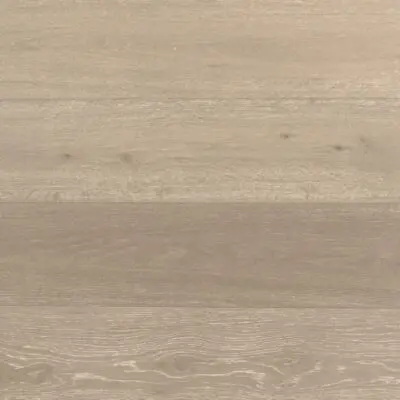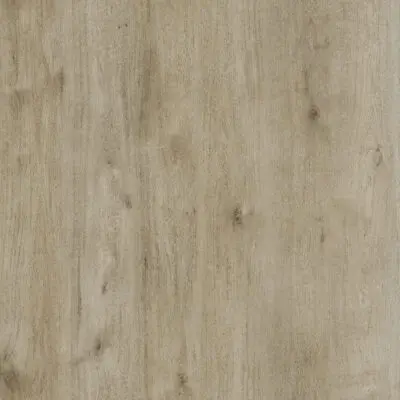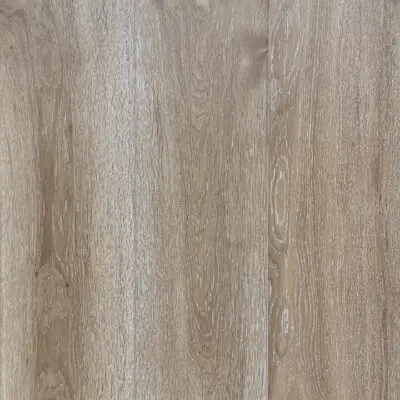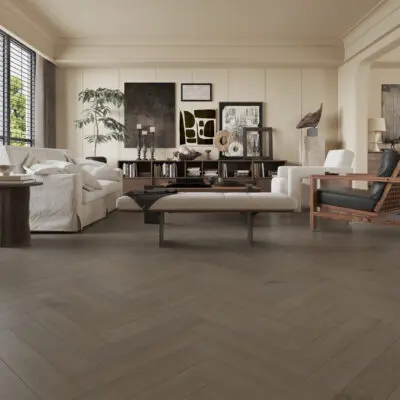Deliveries: the last pick day will be the 19th and last drop 22nd of December and will restart on the 5th of January – see you in 2026!
Click Lock Engineered Wood Flooring
Click flooring, also commonly known as click-lock, click-fit, or interlocking flooring, refers to a modern type of flooring where individual planks or tiles are designed with specially engineered edges that "click" or "snap" together. This interlocking mechanism creates a secure, floating floor installation without the need for adhesives (glue), nails, or staples.
More detailsCertification
Suitability / Usage
Wear Rating
Slip Resistance
Flooring Type
Thickness
Wear Layer
Pattern
Colour
Species
Finish
Grading
Edge Profile
Lengths
Widths

Engineered Brushed Limed Platinum Silver Click Lock Mat Lacquered Oak Flooring

Trident Laminate Light Fumed Oak Herringbone Parquet
Get in touch
Questions or comments? If you can’t find the answer to your question on our site or want to leave some feedback, please fill in the form below.
Sustainable Timber Flooring
We are very conscious of our environment and will only supply fully sustainable wood flooring. We are FSC® certified and PEFC™ certified. This section reviews our ethical code of conduct and provides links to our certifications. If you have any more questions on our Responsible Purchasing Policy please call us on 01666 504 015.
Join our mailing list
Receive the latest news, offers and inspiration straight to your inbox.
New Click Flooring with 3 layer hardwood construction.
All our click lock engineered flooring uses the Unilin 2G system with all product codes starting with CLK-
Click flooring, also commonly known as click-lock, click-fit, or interlocking flooring, refers to a modern type of flooring where individual planks or tiles are designed with specially engineered edges that “click” or “snap” together. This interlocking mechanism creates a secure, floating floor installation without the need for adhesives (glue), nails, or staples.
The fundamental idea behind click flooring is a simplified, more efficient installation method. Instead of traditionally attaching the flooring to the subfloor, click flooring planks are precisely manufactured with interlocking profiles along their edges. These profiles are designed to fit perfectly into each other, creating a strong, seamless bond when pressed or angled together.
Angling and Dropping:
During installation, one plank is typically angled into the groove of the previously laid plank. As you press down or gently tap, the edge profile “clicks” or “locks” into the corresponding profile creating a tight and secure connection.
Floating Floor:
Because the planks are connected to each other rather than being fixed to the subfloor, the entire engineered floor “floats” over the subfloor. This allows for natural expansion and contraction of the flooring material due to changes in temperature and humidity, which helps prevent buckling or gapping. An underlay is needed beneath click flooring to provide cushioning, sound insulation, and sometimes a moisture barrier.
Engineered Wood Flooring:
Key Characteristics of Click Flooring:
No Adhesives: Eliminates the mess and drying time associated with glue-down installations.
Faster Installation: Significantly reduces the time required to lay a new floor.
Subfloor:
The Unilin 2G locking system, used in flooring, requires a smooth, flat, and stable subfloor. This subfloor can be concrete, wood, or existing flooring, but it must be free of major imperfections and moisture. Specifically, concrete subfloors should be well-cured, clean, and dry, with moisture content not exceeding 3%. Wood subfloors should be solid, with minimal flexibility, and any gaps or unevenness should be addressed. Existing flooring, like ceramic tile or non-cushioned resilient flooring, can be used as a subfloor if it’s level, well-bonded, and free of issues like cupping.
Here’s a more detailed breakdown:
Concrete Subfloors:
- Must be properly cured, typically for at least 6 weeks depending on thickness.
- Should be clean, free of dust, debris, and contaminants like wax, oil, and paint.
- Moisture content should be checked and should not exceed 3%.
- Consider using a vapor retarder for on-grade and below-grade slabs.
- Unevenness should be addressed with a smoothing compound.
Wood Subfloors:
- Should be solid, with minimal flexibility and no loose boards.
- Gaps between boards should be filled.
- Undulations (unevenness) should be removed or addressed, potentially with fixing plywood to the wood subfloor.
- Particleboard, chipboard, and OSB are not recommended.
Existing Flooring:
Can be used as a subfloor if it’s level, well-bonded, and free of issues like cupping.
- Ceramic tiles should have grout lines levelled if they are more than 5mm deep or wide.
- Existing vinyl or VCT should be clean, well-adhered, and any embossing filled in.
General Recommendations:
- Ensure the subfloor is level, as unevenness can cause stress on the locking system and lead to failure.
- Consider using an underlayment for added insulation, sound reduction, or to correct minor subfloor imperfections.
- Avoid installing cabinets or other fixed objects directly on top of the floating floor.











